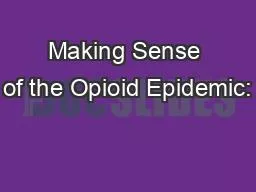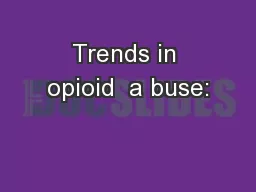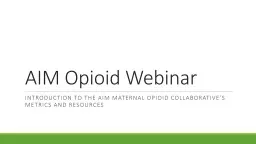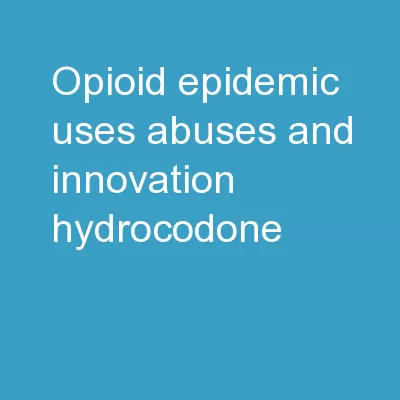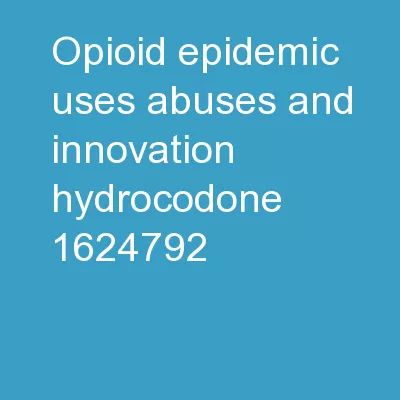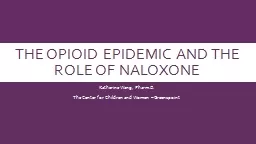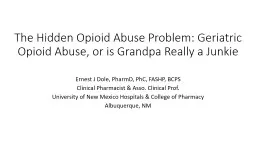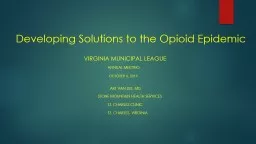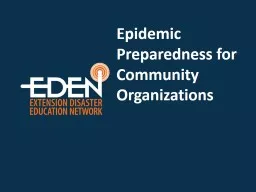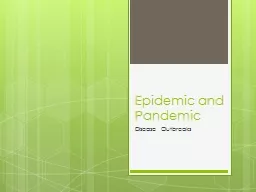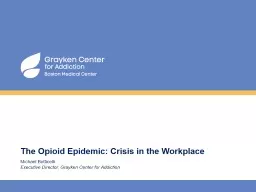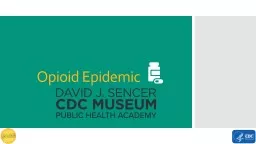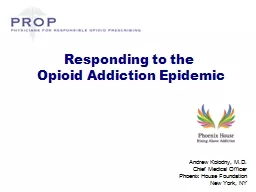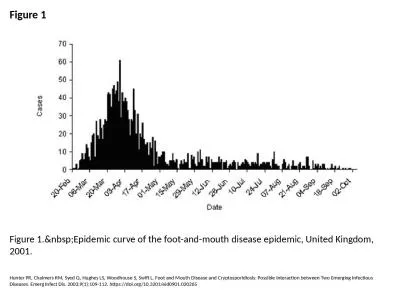PPT-Making Sense of the Opioid Epidemic:
Author : bagony | Published Date : 2020-10-22
Medication Assisted Treatment MAT amp Overdose Prevention Michael BacaAtlas MD Addiction Medicine Fellow UNC School of Medicine June 14 2019 Disclosures The presenter
Presentation Embed Code
Download Presentation
Download Presentation The PPT/PDF document "Making Sense of the Opioid Epidemic:" is the property of its rightful owner. Permission is granted to download and print the materials on this website for personal, non-commercial use only, and to display it on your personal computer provided you do not modify the materials and that you retain all copyright notices contained in the materials. By downloading content from our website, you accept the terms of this agreement.
Making Sense of the Opioid Epidemic:: Transcript
Download Rules Of Document
"Making Sense of the Opioid Epidemic:"The content belongs to its owner. You may download and print it for personal use, without modification, and keep all copyright notices. By downloading, you agree to these terms.
Related Documents

